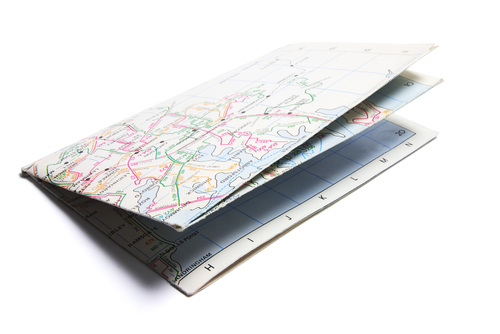In this activity, we will be changing ratio given in different units into a proportional ratio in one scale.
We use a proportional scale when we produce a scale drawing.
We would need a scale drawing in order to produce anything from toy cars being a scale model of actual cars, to high rise buildings having models made before being built.

The scale in a scale drawing is often shown as a ratio.
A ratio of 1:100 means that 1 cm on the drawing represents 100 cm in actual real life.
This could also be written as 1 cm:1 m or 1 cm to 1 m.
This means that a scale of 1 cm to 5 m would be written as 1:500 because there are 100 cm in one metre.
That is 1 cm: 500 cm when converted to the same units.
The scale on maps is written in this form.

Let's have a look at a conversion.
Example
On a map, 1 cm represents 2 km. The map maker has to convert this to a proportional ratio.
How would this be written?
Answer
The ratio is 1 cm to 2 km
We know:
10 mm = 1 cm
100 cm = 1 m
1,000 m = 1 km
To change 2 km to cm we need to multiply by 1,000 to get m and then multiply by 100 to get cm.
2 km x 1,000 x 100 = 200,000 (two hundred thousand)
Answer = 1 : 200,000
Let's try some questions like this!








